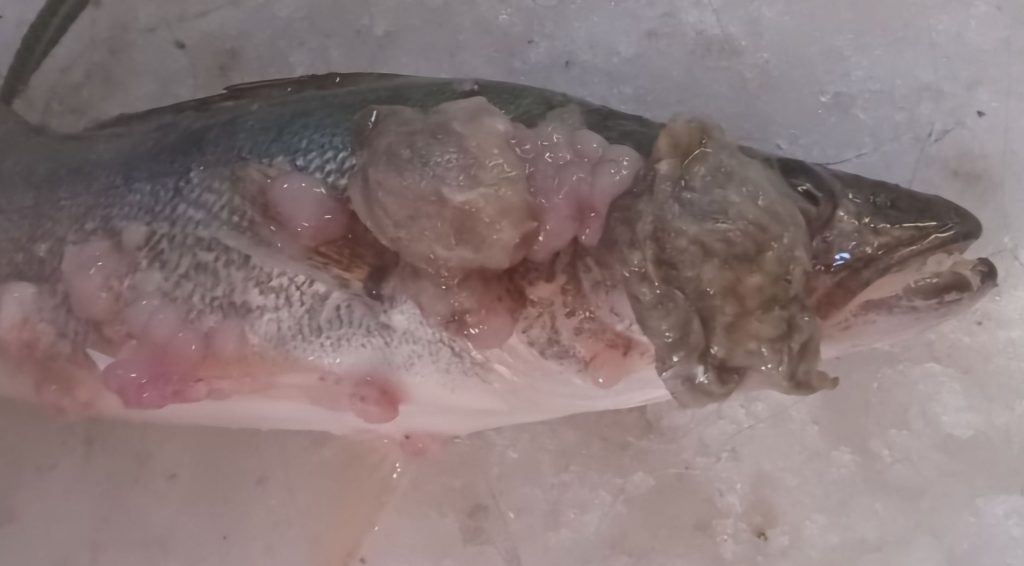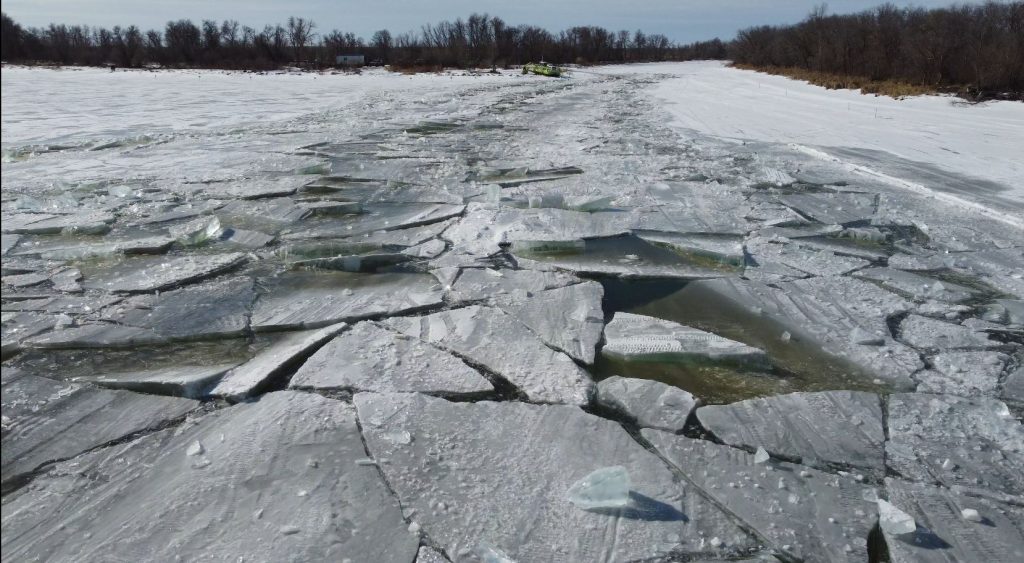Walleye warts unsightly, but not cause for concern

Posted January 22, 2025 6:36 pm.
Last Updated January 22, 2025 8:04 pm.
In Gimli, Man. fishing for walleye is a common practice, both commercially and recreationally, but many anglers are noticing more and more fish with unsightly and unappetizing warts.
It’s a disease known as Dermal Sarcoma and while it might be common in the species, there appears to be a spike in cases.
“Where does the virus come from? Why is it getting worse,” the question on the mind of fisherman Darren Bisson and many others.
He posted a photo of one of the fish to social media in an attempt to get answers.
“It had huge lesions on it. I’ve never seen it that bad, but there were probably 15 fish in that net and there were probably four or five of them with that – and that was the worst one,” said Bisson of a particularly bad set of warts on one walleye.

“Like I said, they’ve been in there. This year seems worse for some reason. I don’t know why and it seems to be on the smaller fish.”
The virus, along with a similar one called Lymphocystis, are spread when the fish come into contact with one another and Caleb Hasler, with the Department of Biology at the University of Winnipeg, believes the uptick could be linked to a high population of walleye.
“It may mean that the walleye is in a denser congregation at certain parts of the year,” said the assistant professor. “That’s allowing for it to spread, and then it would seem like it’s more prevalent.”
Hasler says as long as the lesions aren’t too bad, infected fish are safe to eat if cooked well done.
Out on the ice Wednesday, Ken Golko is a long-time Gimli fisherman who has seen the diseased fish in Manitoba waterways, but he isn’t worried. Asked if he’d eat, he said he’d have no problem.
“Oh no. No, once you fillet it, it’s only on the skin,” he said. “It’s kind of a superficial disease, so once you fillet the fish, there’s no problem.”
As for Bisson, gesturing to the wart-covered water dweller, he said he’d be uneasy taking a bite.
“People are saying if you knock it off the scales, it usually doesn’t go into the meat. Knock it off and they say you can eat it,” he said. “But I don’t know. That fish? I couldn’t eat that one. That was too much. That was way too much.”








